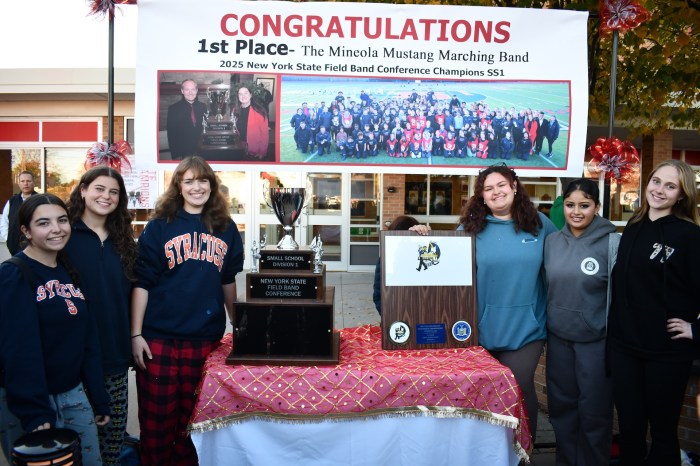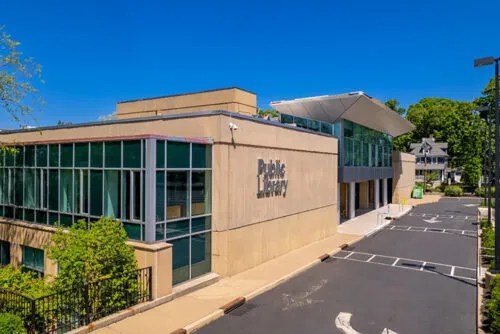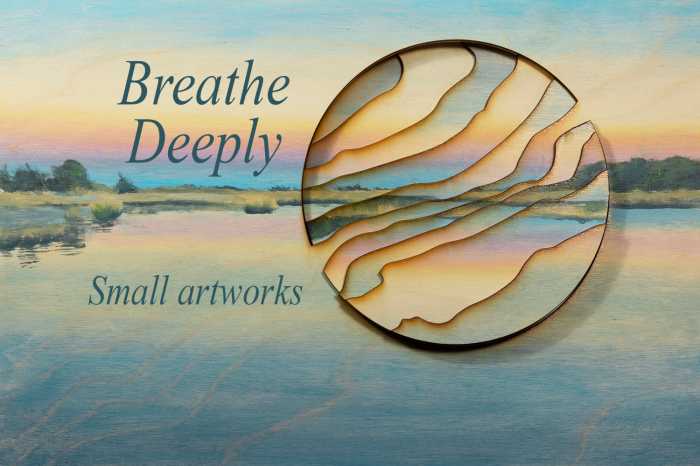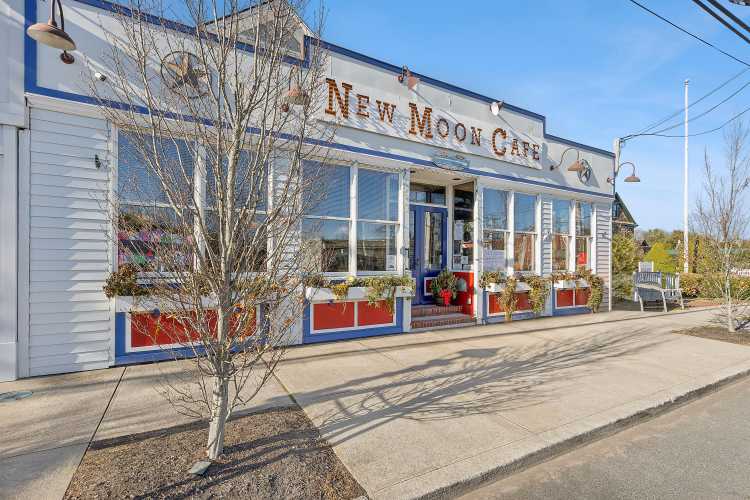The “town of Great Neck” is a misnomer of sorts. It covers nine incorporated villages–Great Neck, Great Neck Estates, Great Neck Plaza, Kensington, Saddle Rock, Kings Point, Russell Gardens, Thomaston and Lake Success.
But it also refers to a few unincorporated areas organized under the Town of North Hempstead. Our community of 45,000 people across our villages is united by top–rated public schools, an expansive library district and the renowned Great Neck Park District. Notably, the park district serves all except Saddle Rock, Great Neck Estates, Harbor Hills, University Gardens and Lake Success.
Originally, Native Americans (Matinecock tribe) inhabited the shorelines of the Great Neck peninsula. Great Neck started as an early settlement of the original 13 colonies. Then in the 17th Century, Dutch and English settlers arrived, referring to it as “Menhaden-Ock” then Madnan’s Neck. Eventually, the name morphed into Great Neck.
Initially, the Matinecock and Europeans coexisted, but their relationship eventually soured. Tackapousha, the Matinecock leader, ultimately sold the land. After he died, he was buried at the Lakeville AME Zion Church’s cemetery on Community Drive, across the street from North Shore University Hospital.
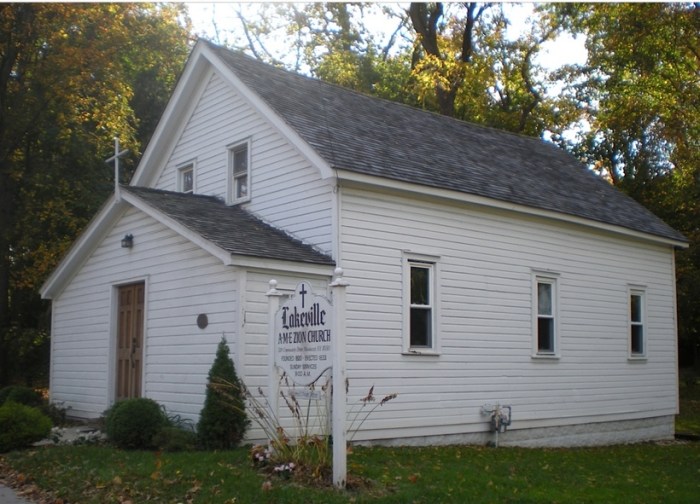
As the population of Madnan’s Neck grew, it increasingly became politically independent and emerged as a fully functioning town. During the late 19th century, Great Neck, joining the Industrial Revolution, became a commuter hub. Back in those days, the dock at Steppingstone Marina was the most popular way for residents and visitors to get on and off the peninsula by steamboat.
Later, with the commuter train rails being established in Great Neck Plaza and the shifting of use from horse-drawn carriages to automobiles, there was a lessening of traffic in or about Steamboat Road.
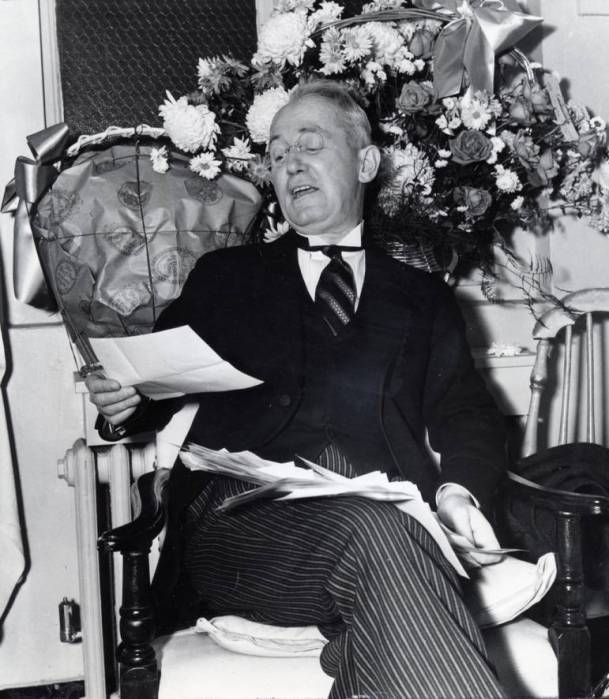
In the 1920s, Great Neck experienced a boom-town effect, as off-Broadway, amid the burgeoning of showbiz and the Jazz Age. Industry greats like Eddie Cantor, Sid Caesar and the Marx Brothers, Paul Newman, Alan King and Francis Ford Coppola, F. Scott, Ring Lardner and Eugene O’Neill, George M. Cohan, Walter Chrysler, William K. Vanderbilt, Jr. and Harry F. Sinclair to name just a sampling, all settled here and made our town a destination. Of course, we famously inspired F. Scott Fitzgerald, resulting in his magnificent novel “The Great Gatsby.” Great Neck was nouveau riche as “West Egg,” with Sands Point the more posh “East Egg.”
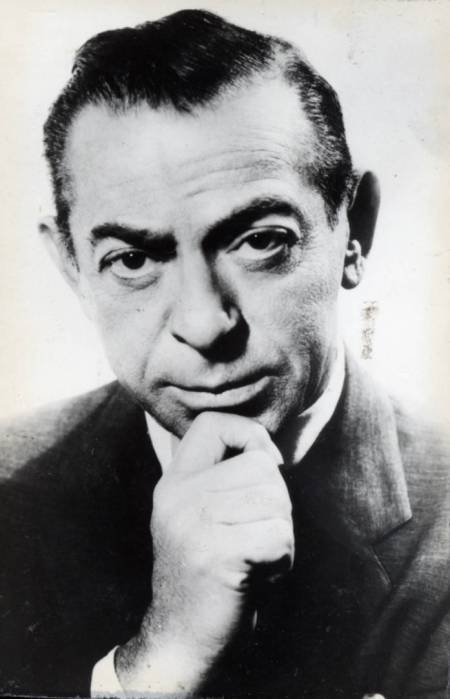
In the more modern era, Great Neck was established as a haven for suburb-seeking Jews from Brooklyn and the Bronx. Many European Jewish immigrants, known as “Ashkenazi Jews,” moved here. Given Great Neck’s proximity to Manhattan, the easy commute to midtown, including the garment and diamond districts, was a huge attraction.
After the 1979 Islamic Revolution, an influx of Persian Jews fleeing persecution from Iran settled in Great Neck. Others joined them, having relocated from Queens, seeking a better life and the American Dream. Today, the Village of Kings Point is reported to have approximately 40 % of Iranian Americans in the United States, almost entirely Jewish. Los Angeles (Beverly Hills) is another hub of Persian Jews. Other Great Neck villages are home to Persian Jews.
Of Great Neck’s Persian community, there are several subgroups. One is the Mashadi–Persian community, who operate its own synagogues and community centers, United Mashadi Jewish Center. They typically marry within the community with less assimilation to American norms. Persians who are not Mashadi are known as “Tehrani” and are generally viewed to be “more assimilated.”
In 1992, the Sephardic Heritage Alliance was organized to support the growing Tehrani-Persian community. The Iranian American Jewish Federation of New York serves the general Persian Jewish community. One of the IAJF’s goals is to unify Persian Jews of all backgrounds in the New York metropolitan area in their engagement in philanthropic activities.
Another well-known Great Neck ethnic group is the “Asian” community. In the late 1990s, a wave of East Asians, both Chinese and Korean, moved to Great Neck, also sprawling from our neighbor, Queens.
That trend has continued over the past two decades, as evidenced by the steep demographic shift in the populations of Chinese-speaking households residing in our town. Traditionally, Great Neck’s Chinese families chose Great Neck South as the preferred public school district.
Today, that has changed. There are Chinese-speaking households throughout the peninsula. The Great Neck Chinese Association was established in 1995 to support the Chinese immigrant and Chinese–American communities in Great Neck. Given the marked population shift, there are many restaurants and food establishments providing “Asian” specialties catering to Chinese and other Great Neck residents.
More recently, Russian-speaking Jews from Ukraine, Eastern Europe and others known as “Bukharian Jews” have set down roots in Great Neck. Others who fall under the “Sephardi/Mizrahi” Jewish umbrella have moved here, as opposed to the original “Ashkenazi.”
Generally speaking, the recent influx of Jews is more traditional and more religiously observant. As a result, more houses of worship have been built to accommodate the needs of incoming residents. Also evident, more and more eateries and grocery stores are featuring kosher food and provisions to accommodate the many kosher households in town.
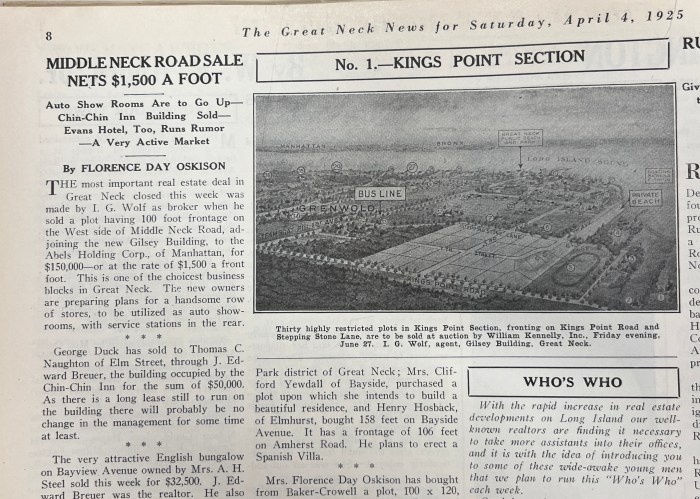
Great Neck is a very desirable place to live. Regardless of the country of origin, Great Neck residents, whether first-generation or immigrants, are facing a significant increase in the cost of purchasing a home. Invariably, a three-bedroom starter house on the peninsula starts at $1,000,000. Often, a family seeking to purchase a four-bedroom/three-bath house faces a bidding war.
Those who do not need financing as a contingency have a better chance of completing a purchase, given the “seller’s market” in Great Neck, for the foreseeable future.





